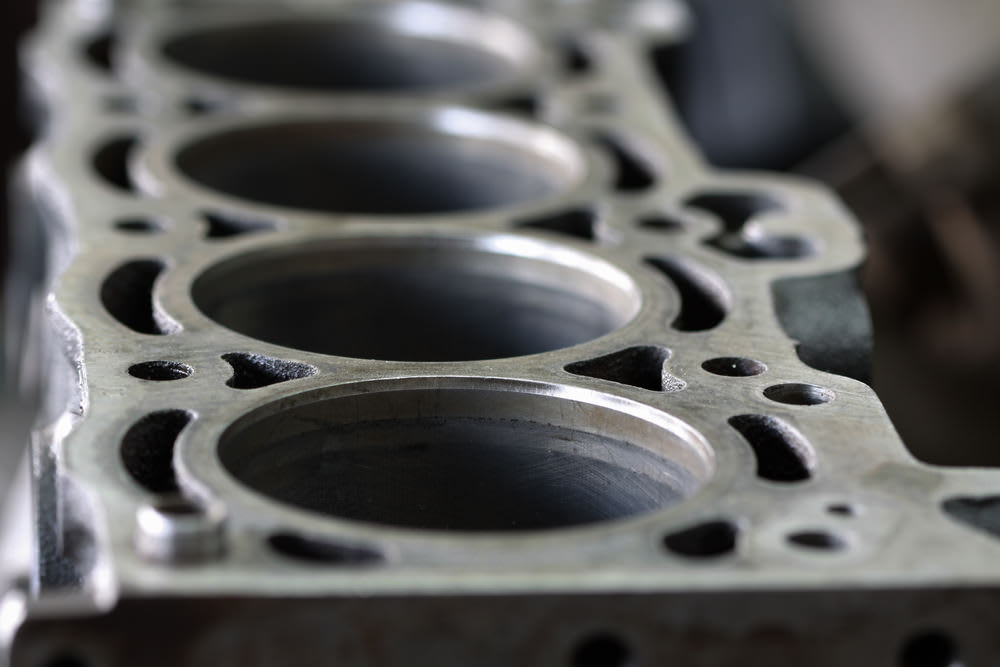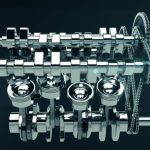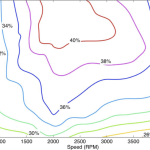| 4-Stroke |
2-Stroke |
| In four stroke engine all the four operations i.e. suction, compression, ignition and exhaust are completed in two revolutions of crank shaft. |
In two strokes engine all the four operations are completed in one revolution of the crank shaft. |
| Power is developed in every alternate revolution of the crankshaft. |
Power is developed in every revolution of the crankshaft. |
| The torque is less uniform; hence a four stroke engine requires a heavier flywheel. |
The torque is more uniform than in the four stroke engine hence a lighter flywheel is necessary in a two stroke engine. |
| The suction and the exhaust are opened and closed by mechanical valves in a four stroke engine |
In a two stroke engine, the piston itself opens and closes the ports |
| In a four stroke engine the charge directly enters into the cylinder |
in a two stroke enginethe charge first enters the crankcase and then flows into the cylinder |
| The crankcase of a four stroke engine even though closed is not a pressure tight chamber. |
The crankcase of a two stroke engine is a closed pressure tight chamber |
| In a four stroke engine the piston drives out the burnt gases during the exhaust stroke. |
whereas, in a two stroke engine the high pressure fresh charge scavenges out the burnt gases |
| The lubricating oil consumption in a four stroke engine is less. |
The lubricating oil consumption in a two stroke engine is more than in four stroke engine. |
| A four stroke engine produces less noise. |
A two stroke engine produces more noise than a four stroke engine. |
| Since the fuel burns in every alternate revolution of the crankshaft in a two stroke engine the rate of cooling is more than in a four stroke engine. |
Since the fuel burns in every revolution of the crankshaft in a two stroke engine the rate of cooling is more than in a four stroke engine. |
| A four stroke engine cannot run in either direction. |
A valve less two stroke engines runs in either direction |



Comments are closed